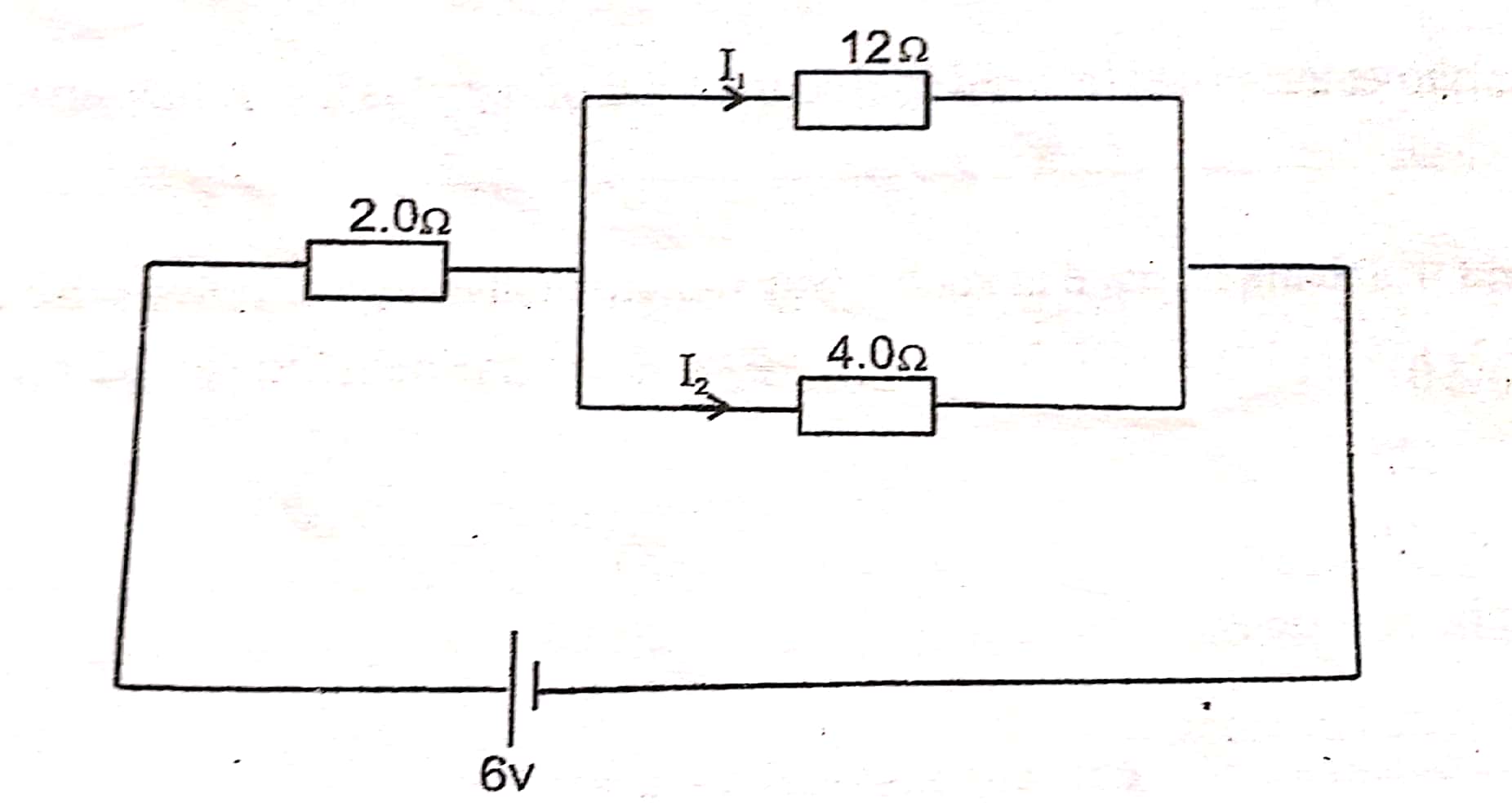Energetics 1 Quiz ph
20 QuestionsQuiz Description
In this quiz on Energetics, we shall be more focused on thermometry and heat capacity. Here, we shall be looking at the different types of thermometers, measurements of temperature, and calculations on heat capacities. With this, one should be able to tackle any questions on this aspect.
Energetics is a branch of physics that studies the various forms of energy, and their transformation. Real-life usage of energy can be seen as using the electrical energy stored in batteries to power and operate our electronic gadgets, and this energy must have been converted from another form (like solar energy). Another form of energy conversion could be the conversion of chemical energy stored in food, to mechanical energy when we exercise our bodies. So what is energy?
Energy is the ability or capacity to do work. There are many kinds of energy like solar energy, electrical energy, mechanical energy, nuclear energy, etc
This quiz is worth playing. Go ahead and take the quiz, alongside other quizzes on A level Physics that are available on this platform. Good luck!
Regions in a thermometer defined or specified and clearly separated by the stated/standard point
Consider the equation ΔQ = ΔU + ΔW where the symbols represent their usual meanings. ΔU represents
A hollow metal cylinder of mass 0.5kg is heated electrically by a 12W heater in a room at 15-degree Celsius cylinder temperature rises uniformly to 25 degree Celsius in 5 minutes and later becomes constant at 45 degree Celsius.
What is the rate of loss of heat to the surroundings at the constant temperature of 45 degree Celsius.
A hollow metal cylinder of mass 0.5kg is heated electrically by a 12W heater in a room at 15-degree Celsius cylinder temperature rises uniformly to 25 degree Celsius in 5 minutes and later becomes constant at 45 degree Celsius.
Assuming the rate of heat loss is proportional to the excess temperature over the surroundings. What is the rate of loss at 20 degree Celsius.
What us the specific heat capacity of the metal, taking into account the loss of heat to the surrounding
Why do most liquid -in-glass thermometers use mercury as the thermometer liquid?
Which of these processes is closely associated with the formula ΔQ = mass x S.H.C x temp rise
One of the terms can be used to answer the question below:
Work done = current x p.d x time
One of the above terms can be used to find the total of p.e plus k.e of its particles or system.
The process which takes place in such a way that no heat enters or leaves the system
A gas is compressed by a forced that does 20J of work on the gas. It’s then allowed to cool down when 15J of energy is conducted away. What is the internal energy change of the gas
There is a law in physics which states “Heat will not flow” up a thermometer hill” unless mechanical work is expended to force it to do so “. This point
A closed metal vessel contains water at 30 degree Celsius. The vessel has a surface area of 0.5m square and a uniform thickness of 4mm. if the outside temperature is 15 degree Celsius. What is the loss per minute by conduction? (Thermal conductivity of metal, k=400Wm-1K-1



